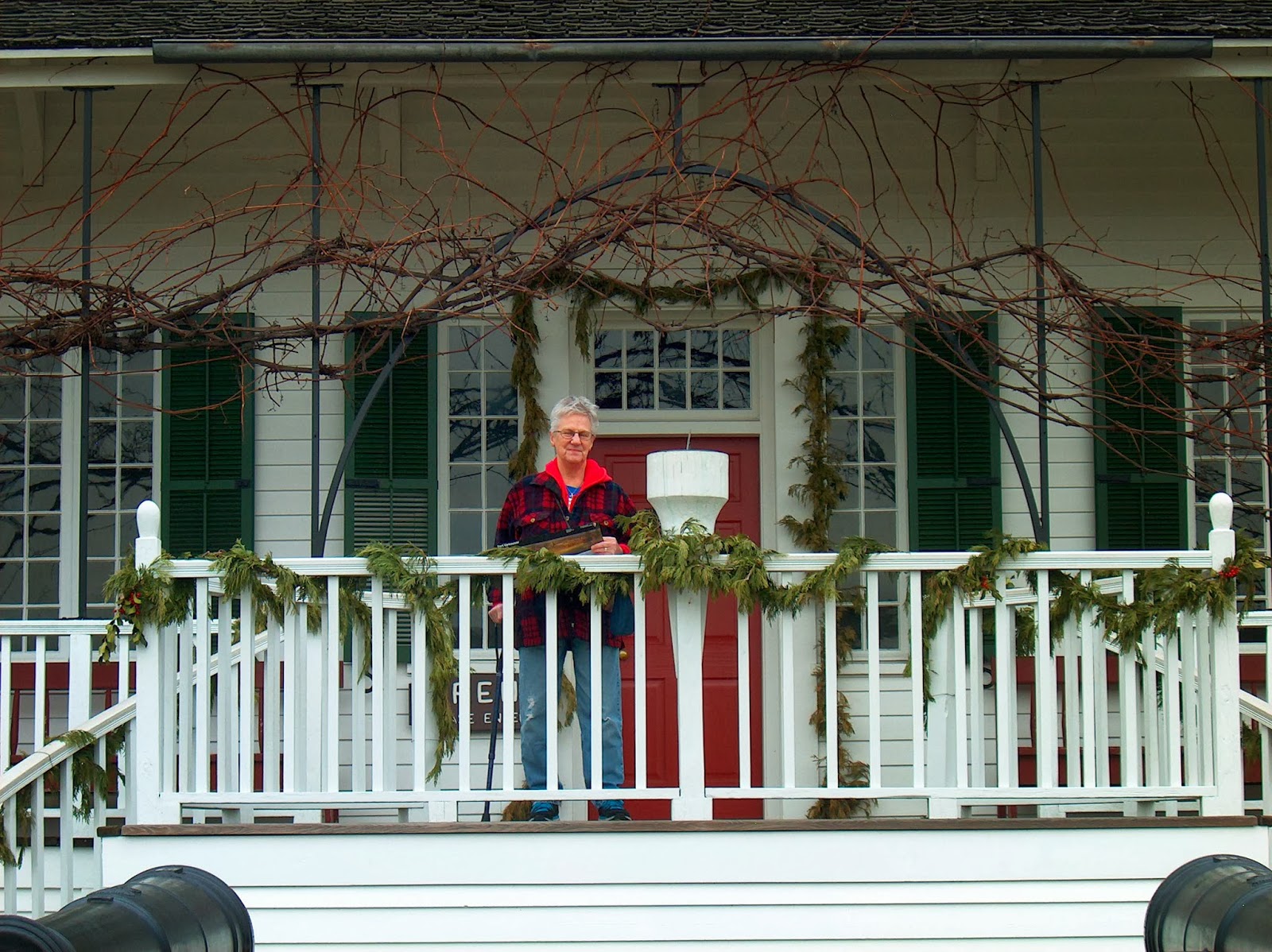Pretty foxes, one of my favorite animals.
The two grizzlies were a constant source of amusement and inspired not a little awe. This is Cherokee, the female, making a funny face for the tourists.
And, just to prove that grizzlies can climb trees, too, here is Cherokee again, mastering this very scrawny pine. Tank, her mate, waits at the bottom for the daring climb to end. He looks a little bored!
The tourist industry in Rapid City would yearly host a showing of the various attractions in the area. Each one would have a booth with information, handouts, and folks to man the booth, which we were doing here. Our Bear Country display happened to be right next to the Reptile Gardens booth, which came complete with live examples of what one might see there. This yellow fellow got quite a bit of attention! After a bit of trepidation we weren't too "yellow" to hold him.
Of course, every tourist attraction needs a mascot. There is a brave teenager in that costume, greeting the tourists, handing out treats for the kids, and even doing a little dance to special "bear" tunes. Bet it was hot in there!
The bear cubs, usually between 10-15 each summer, were the most popular attraction of all. The tourists would stay lined up along the fence watching the cubs' hilarious antics for long periods of time, moving along reluctantly only when the little guys collapsed into sleep. There would be a young employee standing inside the enclosure several times a day interacting with the cubs and giving a talk about bear life, always very interesting.
I had several "favorite" critters. One was the porcupine. You would think they were not so interesting, with their slow movements and their prickly "stay away from me" coats, but I was fascinated to watch them eat. They would hold their food in their little hands and nibble away much as we would do. They made a soft humming sound towards each other. I will never forget the exciting days we spent at Bear Country, still our favorite job. I wish we could be there still!













